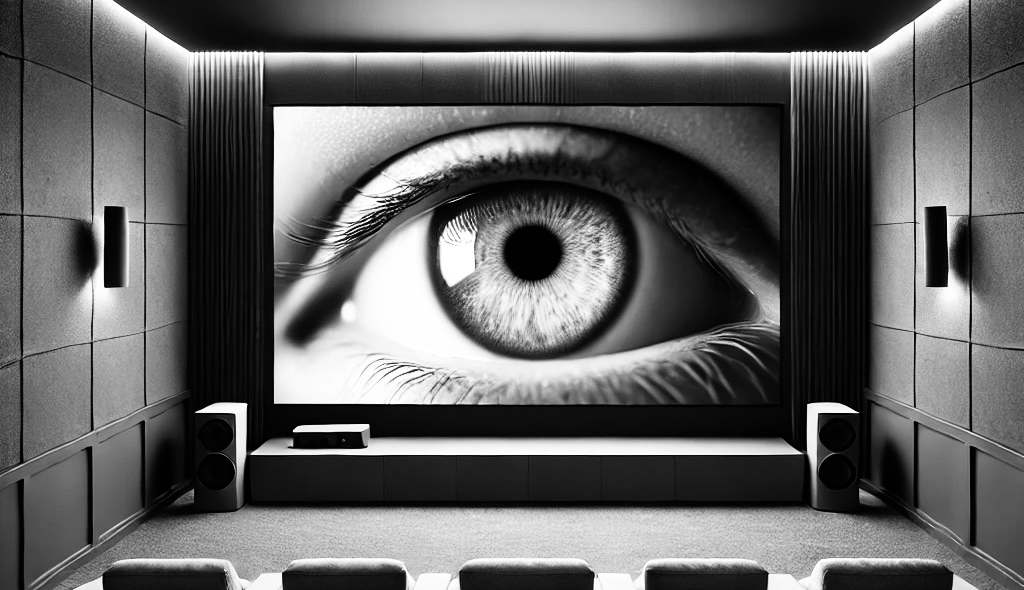Industry Standard Bias Lighting
Industry Standard Bias Lighting
MediaLight & LX1 Length Calculator
Please select the appropriate options below to determine the correct size bias lighting for your displays
What is the aspect ratio of the display?
What is the size of the display (This is the length of its diagonal measurement)
inches
Do you want to place the lights on 3 or 4 sides of the display (Read our recommendation on this page MediaLight & LX1 Length Calculator if you are having trouble deciding).
This is the actual length that is required:
You should round up to this size bias light (you can round down at your discretion if the actual and rounded measurements are very close. It is usually better to have more than too little):

When you think of an OLED TV, one of the first things that likely comes to mind is its ability to produce perfect blacks. Unlike traditional LED TVs, OLED panels don't rely on a backlight; instead, each pixel can turn off individually, creating deep, inky blacks. But here's the kicker: even with this cutting-edge technology, you might notice that the screen isn't truly pitch black when the TV is off or displaying a completely black image. What's going on?
The reason you can't see pitch black, even with an OLED display, boils down to a phenomenon known as "eigengrau" (also known as "brain gray"). Eigengrau is the term used to describe the color that your eyes perceive in complete darkness. It’s not truly black but rather a very dark gray, a shade that your brain interprets when there’s an absence of light.
In total darkness, your visual system doesn't simply shut down. Instead, your brain creates a visual noise, a kind of static, which results in you seeing a dark gray rather than a perfect black. This is an intrinsic part of human perception and has nothing to do with the technology of your TV.
Your eyes are never completely at rest; they're always processing some form of input, even in darkness. The photoreceptor cells in your retina, particularly the rods, are constantly firing, and this activity leads to the perception of eigengrau. This is your brain’s way of dealing with the absence of visual stimuli.
Even though OLED displays can achieve "perfect" black by turning off individual pixels, your experience of that black will always be filtered through the lens of eigengrau. It's why, when you turn off your OLED TV in a completely dark room, the screen might not appear as black as you would expect.
This brings us to the importance of your viewing environment. The contrast perceived on your screen is not just influenced by the display itself but also by the surrounding area. A dim or moderately lit surround (what some would call a bias light "halo") can make the blacks on your screen appear deeper and darker. This happens because your eyes adjust to the light level of the dim surround, allowing the darkest parts of the image on the screen to stand out more starkly against the background.
When you introduce bias lighting, such as the simulated D65 MediaLight Mk2 v2 around your OLED screen, it creates a stable, low-level light source that reduces the perceived brightness of the eigengrau effect. This lighting provides a visual reference point that makes the blacks on the screen look even richer and more intense. Essentially, the bias light makes the dark areas of your image appear darker by helping your eyes adjust better to the contrast, enhancing your overall viewing experience.
In essence, while OLED technology offers an incredible viewing experience with near-perfect blacks, understanding how your brain and eyes perceive these blacks can further improve your experience. By carefully managing the lighting around your display, you can create an environment where those blacks look even deeper, with true-to-life contrast and detail.